Intercultural Cities
The future of Intercultural Cities in Mexico: challenges and opportunities within the current approach.
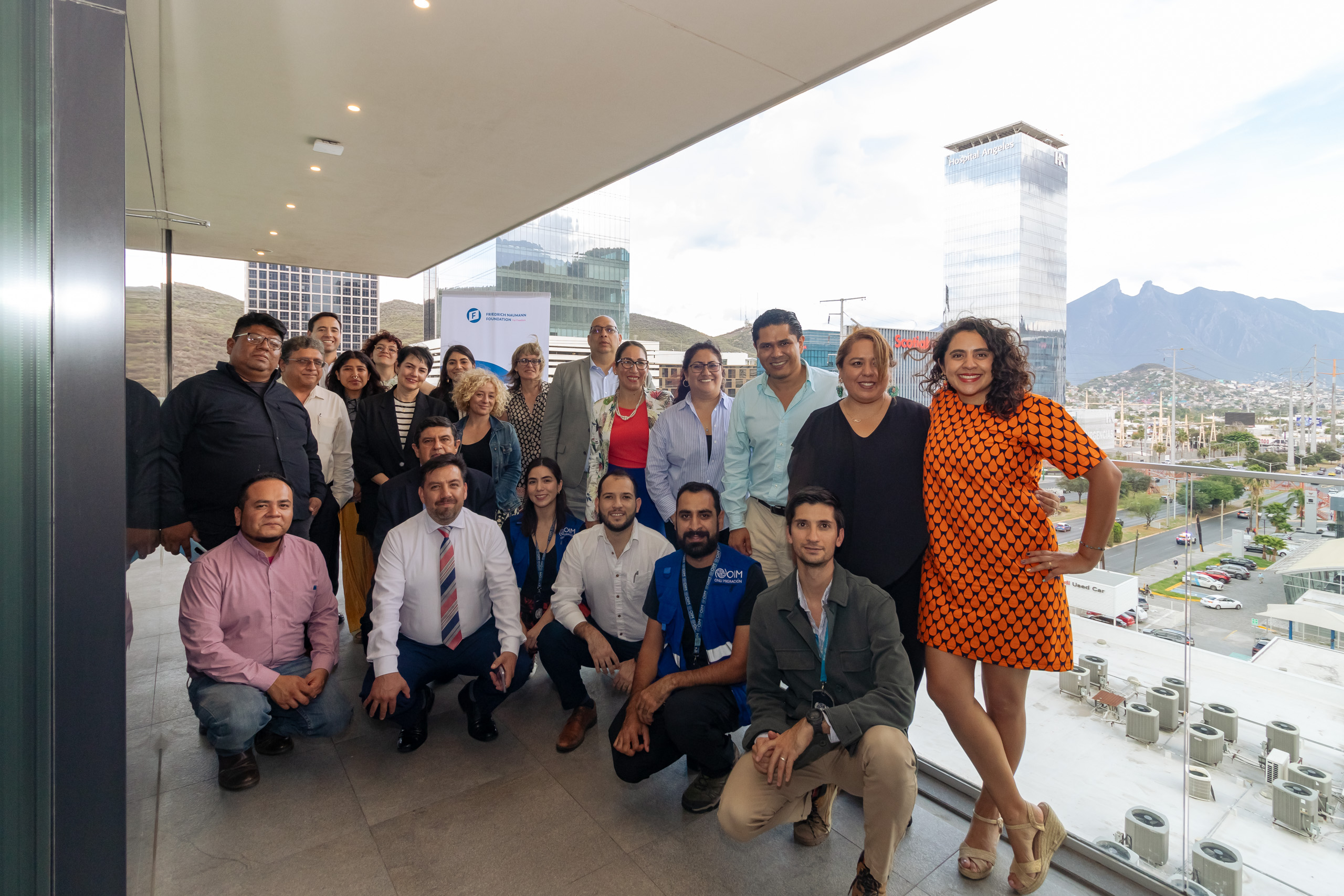
Segundo Foro de Ciudades Interculturales, con sede en Monterrey, Nuevo León, México.
On October 4th, Monterrey became the venue for a dialogue and continuation of discussions on recognizing interculturality as a key element of social, cultural, and economic value in the country. The Friedrich Naumann Foundation brought together various stakeholders, including academics, public officials, and civil society organizations, to gather diverse perspectives on addressing the challenges of human mobility within current trends.
It is crucial to acknowledge that diversity permeates societies, which are constantly evolving. Therefore, it should be regarded as one of the fundamental pillars encompassing the various dimensions of migration. Recognizing this fact opens the door to creating more and better spaces for citizen and governmental participation, fostering a productive sense of belonging that can thrive at various levels of public and private life. In this regard, the cards were laid on the table: managing diversity is essential and urgent to promote better practices capable of forming true plural, open, and democratic societies.

Sandra Álvarez, Directora General de Sin Fronteras IAP.
Why establish a network of best practices?
During the forum, the Spanish Network of Intercultural Cities (RECI) was represented by Gemma Pinyol, coordinator of RECI and an expert in the Council of Europe, and Claudia Emmanuel, project coordinator of intercultural initiatives in the City of Bilbao. Among the discussions on strategies, success stories, and current projects in Spanish cities, the various elements of intercultural public policies capable of incorporating and embracing these elements for social transformation were shared. It was emphasized that monitoring migratory trends is now an integral part of the commitment to intercultural values, and these actions are recognized as inherently cross-cutting, horizontal, and collaborative.
The scope established not only identifies the challenges of key cities in Mexico but also the opportunities they have to grow and resolve through comprehensive approaches that encompass the various dimensions of the migratory phenomenon. It is evident that this action originates at the local level, with municipal intentions, resources, and strategies that complement an increasingly robust and efficient networked effort. Once again, the importance of an intercultural plan committing from the multi-level governance efforts is recognized: municipalities with new models of interdependent governance, stronger and more conscious institutions, and officials who are more tolerant and informed.
The best practices shared by RECI are very precisely tailored to collaborative spaces with a willingness to continue growing in the Mexican context. The tropicalization of public policies, adapting them to the contexts, capacities, performance, and willingness of local municipalities is a fundamental exercise for groups in situations of human mobility to be seen as agents of positive change in the community, appreciating their contribution to the well-being and progress of society.
There is no doubt that this reality goes beyond simple political projects, as it implies the versatility of adaptable and ever-changing processes that encompass, among other things, part of migratory journeys. An example is the adaptability of resilient, transparent, and accessible cities, as emerging Smart Cities focus on, which turn socio-urban management into a cohesive and integrating element for these groups.


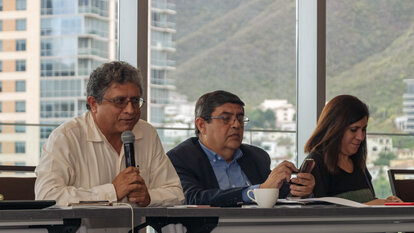
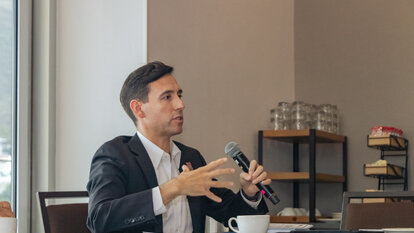
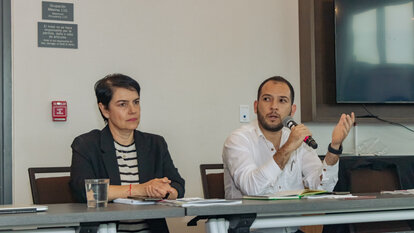
How is the concept of interculturality linked to Smart Cities?
The accessibility to belong to the city and become a valuable element within it is a right that should not be underestimated among the growing groups in situations of mobility. Especially considering that public policies increasingly aspire to promote cities that allow economic growth, prioritize the reduction of inequalities, and promote strong institutions through dignifying their members in society. Again, the importance of building a much more inclusive narrative is highlighted, placing interculturality and the resulting diversity as a highly beneficial social value.
The Naumann Foundation, through the Smart Cities Network, has already recognized the urgent need to promote best practices for the promotion of more resilient and inclusive cities. Therefore, continuing this narrative, it has also integrated the perspective from urban planning as recognition that these spaces allow for a higher degree of collaboration. Thus, transformative processes within the context of human mobility have propelled the dignification of the individual as the center of interest for the development of cities and the design of more community-oriented public spaces. Urban innovation manages to grow from social interactions that are achieved as inclusive from diversity, for example, through projects recognized and promoted by Place Making Mexico, as shared by Luciana Renner.
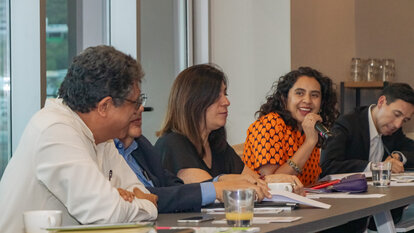
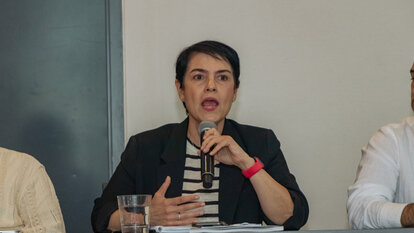
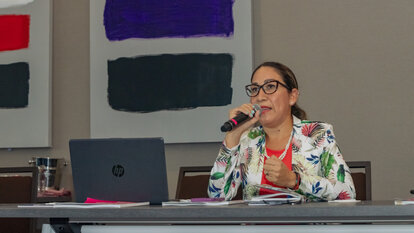
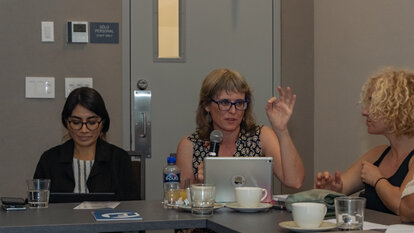
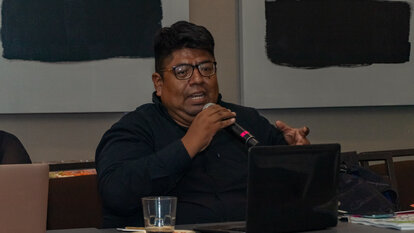
How are these strategies seen and implemented?
Certainly, the Intercultural Cities Forum allowed for the creation of alliances and coordination of actions. Not only limiting itself to the acceptance of commitments, but also sharing previous experiences of success and failure to review possible scenarios of intervention and impact measurement. Therefore, it is observed that the intervention of different actors, many of them decision-makers, not only places the creation of programs aimed at the migrant population as the main focus but also recognizes these groups as a natural and productive part of cities. In this case, not only action mechanisms are established, but also follow-up strategies to create efficient long-term commitments that must be observed in governance practices in the coming years."
